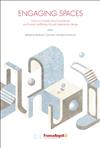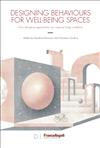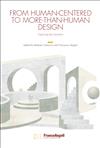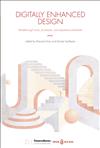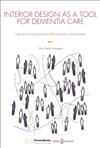
Designerly reflections on AI-infused products
Artificial intelligence is more-or-less covertly entering our lives and houses, embedded into products and services that are acquiring novel roles and agency on users. The design discipline and the Human-Computer Interaction (HCI) field are just beginning to explore the wicked relationship between Design and AI, looking for a definition of its borders, still blurred and ever changing. The book approaches this issue from a human-centered standpoint, proposing designerly reflections on AI-infused products. It addresses one main guiding question: what are the design implications of embedding intelligence into everyday objects?
cod. 10319.17
